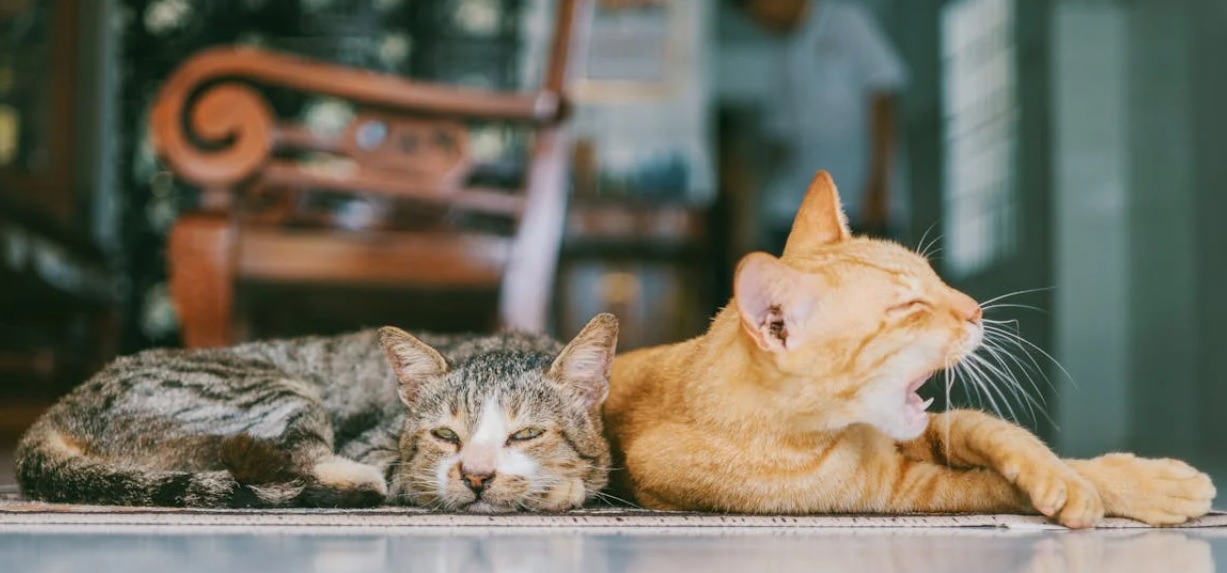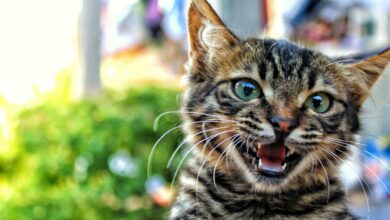What Every Cat Owner Should Know About Common Cat Illnesses
Cat Illnesses As with all pets, as a cat owner you should know about the health concerns that could possibly affect your furry friend. In as much as cats are tough, they can also suffer from illnesses. This article is aimed at tackling some of the most frequent health issues that cats deal with as well as how you can assist them to remain in top shape.

Cat Illnesses Upper Respiratory Infections (URI)
Just like humans can catch a cold, cats are susceptible to upper respiratory infections. These are typically caused by viruses such as the feline herpesvirus (FHV) and feline calicivirus (FCV)3. sneezing, runny nose and watery eyes are all signs that your cat could be suffering from a URI.
URIs can easily be contracted by other cats and pass around through physical contact or contaminated surfaces3. Most cases are mild, but some cats, particularly kittens or those with compromised immune systems, may require closer monitoring. The standard treatment is supportive care, as well as keeping your cat comfortable and well hydrated; sometimes antibiotics are required if a secondary bacterial infection occurs.
Feline Lower Urinary Tract Disease (FLUTD)
BLUTD is a form of diagnosis which considers all the disorders of the bladder and urethra in a cat. It could be FLUTD if you observe your cat straining to urinate, not using the litter box, or demonstrates discomfort while urinating.
FLUTD management includes stress relief, medication, and more often than not, dietary adjustments. Treating the condition is very important as it can lead to other more serious health complications if not treated early.
Chronic Kidney Disease (CKD)
Chronic Kidney Disease is an easy one to notice right off the bat with increased thirst and urination alongside weight loss. Unfortunately, this is also a common problem among older cats. As the condition worsens, you may notice a shift in appetite and energy levels.
There is currently no cure for CKD, however, early detection and management can have a significant impact on the quality of life for a cat. Usually, modifying the diet, introducing new medicines, and on some occasions, fluid therapy is required45.
Having an overgrown thyroid gland will result in the production of excess thyroid hormones undeniably leads to hyperthyroidism.
An additional illness that seems to be more common in older cats is hyperthyroidism. This is the result of an overactive thyroid gland, and in general, the metabolism is higher than normal. A proprietor may see his cat eat more than usual while concurrently losing weight and having greater than normal thirst and urination6.
Hyperthyroidism is manageable and along with others, can be cured using Medication, surgery, or radioactive iodine therapy. The veterinarian who has been taking care of the cat will know the most appropriate intervention to be taken in this case6.
Feline Immunodeficiency Virus (FIV)
It is often said that FIV is ‘the cat AIDS’ because it resembles the effects of HIV in humans as it damages the immune system. The mode of transmission is mainly through bite injuries, thus stray outdoor cats, especially males who engage in fighting are at higher risk7.
FIV-infected cats may remain asymptomatic for many years. Once symptoms manifest, they may include poor coat condition, recurring infections, and general ill health. There’s no cure for FIV, but with proper management and care, infected cats can still lead comfortable lives37.
Feline Leukemia Virus (FeLV)
FeLV is another viral infection that has impact on the immune system of cats. It is worse than FIV and can result in many other diseases including some cancers. Like FIV, close contact with an infected cat such as sharing food bowls and grooming will lead to infection13.
The symptoms of FeLV may vary but commonly include poor weight gain, poor coat quality, and persistent infections. There is no known remedy for the virus; however, supportive treatment can alleviate many symptoms and enhance wellbeing. It is best to get vaccinated against it, especially for outdoor cats13.
Diabetes Cat Illnesses
One of the examples of diseases that can affect cats is diabetes. An increase in drinking and urination coupled with weight loss despite increased appetite should raise eyebrows. Like in humans, diabetes in cats can typically be controlled through diet and insulin injections56. Regular visits and careful monitoring are critical to maintain control over the cat’s health5.
Dental Disease
Not many cat owners know how dental problems are common in felines. Other than bad breath, a cat may suffer eating difficulties and drooling. These issues will still require regular dental check-ups and cleans. They might also require the cat to undergo a dental clean or tooth removal5.
Flea Allergic Dermatitis (FAD)
This condition is when cats become allergic to flea bites. They will suffer from FAD (Flea Allergic Dermatitis) inflammation, hair loss, and extremely itchy skin. The treatment cushion does provide calmness. Regular treatment does aid the cats comfort and aide the parasites from being a bother.
Conclusion
FAD is a treatmentable condition. Bone Parh’s guidelines along with the regular vet visits keep the feline in an active state along with a nourished diet. Paying close attention to a feline’s behavioral and improving any needed shifts can prevent rough conditions. All these actions are key to promoting longevity in a feline.
With clearer knowledge on cat conditions, action for the health of the fuzzies and kitties should be taken promptly. The saying of “puss in boots means happy cats signify happy homes” goes to show that well cared for cats are not only easy to live but bring endless joy when cared for.

